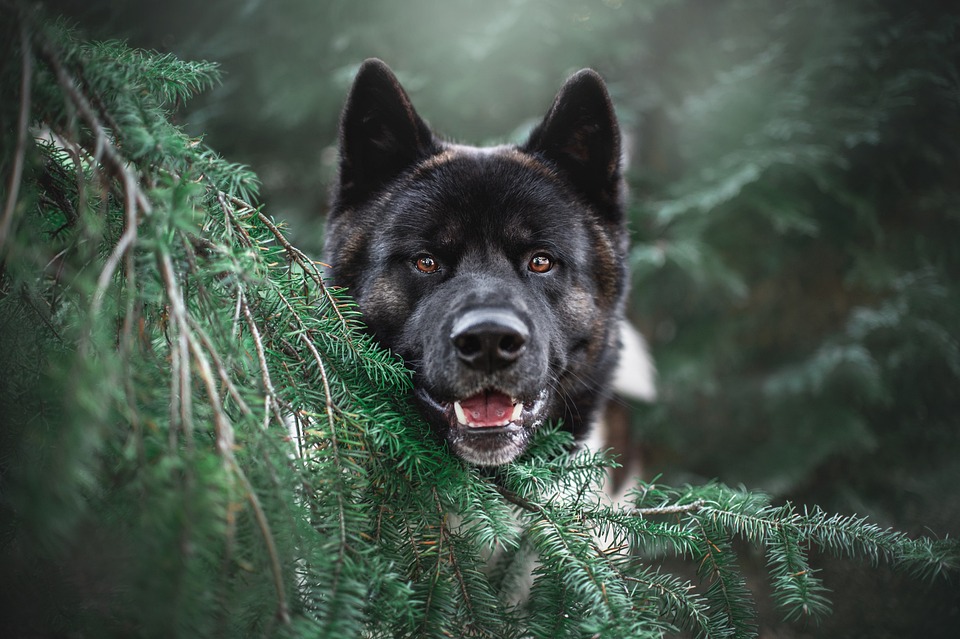Teaching your dog to back away from distractions is an essential skill that can ensure their safety and your peace of mind. It can prevent accidents and help your dog develop impulse control and obedience. In this step-by-step guide, we will walk you through the training process, providing you with effective techniques and tips.
Before diving into the training process, it’s important to understand why teaching your dog to back away from distractions is vital. This skill can prevent accidents such as approaching dangerous objects, aggressive animals, or busy traffic. Additionally, it helps your dog develop impulse control, enhancing their overall obedience and responsiveness.
To successfully teach your dog to back away from distractions, you need to ensure they have a reliable foundation in basic obedience commands. Start by reinforcing basic commands such as “sit,” “stay,” and “come.” This foundation will provide a strong framework for teaching more advanced behaviors, including backing away.
Once your dog has a solid foundation in basic obedience, you can introduce the “back away” command. Select a designated area for training, preferably a quiet and low-distraction environment. Here are the steps to introduce the command:
1. Stand facing your dog, with a treat in your hand.
2. Show the treat to your dog and take a step backward, saying “back away” as you do so.
3. When your dog takes a step backward, praise them and offer the treat as a reward.
4. Repeat this process, gradually increasing the distance your dog needs to back away before receiving the treat.
5. Practice the “back away” command in different locations and gradually introduce distractions to enhance your dog’s focus and response.
Distraction training is a crucial component of teaching your dog to back away effectively. Here’s how you can gradually increase the level of distractions during training:
1. Start with mild distractions, such as toys or low-value treats placed at a short distance.
2. As your dog becomes more proficient in backing away from mild distractions, gradually introduce more enticing distractions, such as high-value treats or favorite toys.
3. Progress to training in more challenging environments, such as parks or busy streets, where distractions are abundant.
4. Always ensure your dog is comfortable and responsive at each level before moving on to the next.
Now, let’s address some frequently asked questions about teaching dogs to back away from distractions:
Q1: How long does it take to train a dog to back away from distractions?
A: The training duration varies depending on factors such as your dog’s age, breed, and previous training experience. Consistency, patience, and positive reinforcement are key elements that contribute to successful training.
Q2: Can any dog learn to back away from distractions?
A: Yes, any dog can learn this skill with proper training and guidance. However, it may be more challenging for highly reactive or anxious dogs. In such cases, seeking professional help from a certified dog trainer is recommended.
Q3: What if my dog doesn’t respond to the “back away” command?
A: If your dog doesn’t respond initially, break down the training into smaller steps and ensure you’re using high-value rewards. Consistency and repetition will help your dog understand the desired behavior.
Q4: Is it necessary to use treats for training?
A: While treats are effective motivators during the training process, you can gradually reduce their usage as your dog becomes more proficient. Verbal praise, petting, or playtime can also serve as rewards once your dog understands the concept.
Q5: Can I use a leash during distraction training?
A: Yes, using a leash can be helpful initially, as it provides control and prevents your dog from reaching the distractions. However, aim to transition to off-leash training once your dog demonstrates reliability in backing away.
Remember, each dog learns at their own pace, so be patient and consistent throughout the training process. By teaching your dog to back away from distractions, you are equipping them with a valuable skill that will enhance their safety and strengthen your bond. Happy training!









